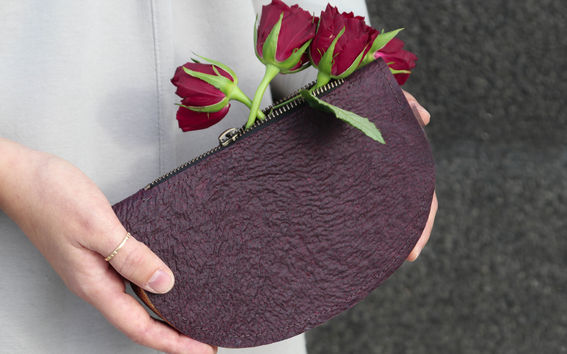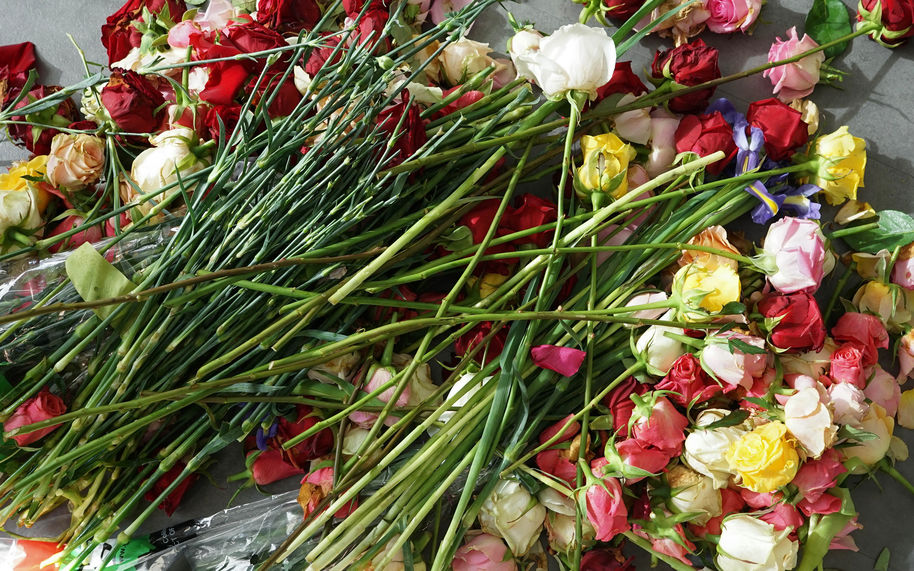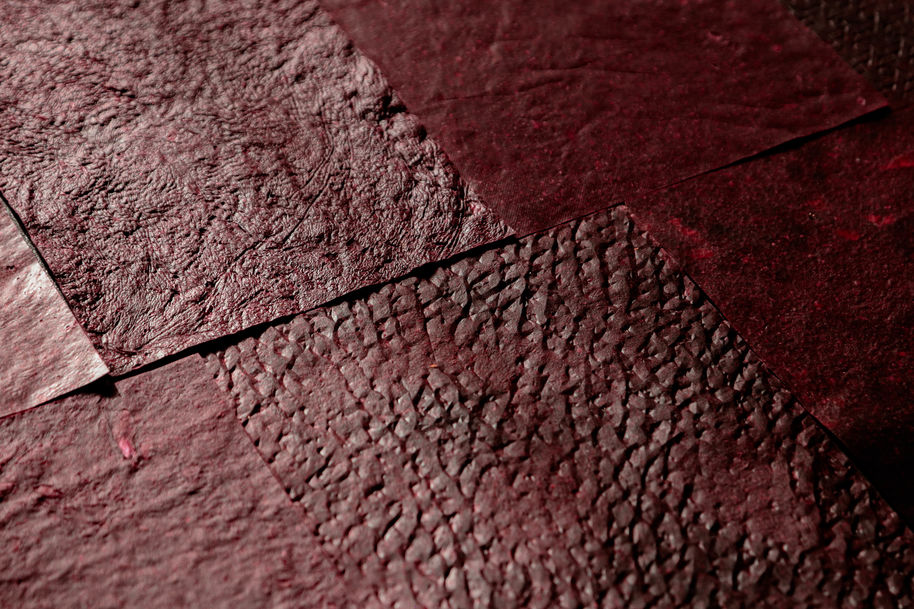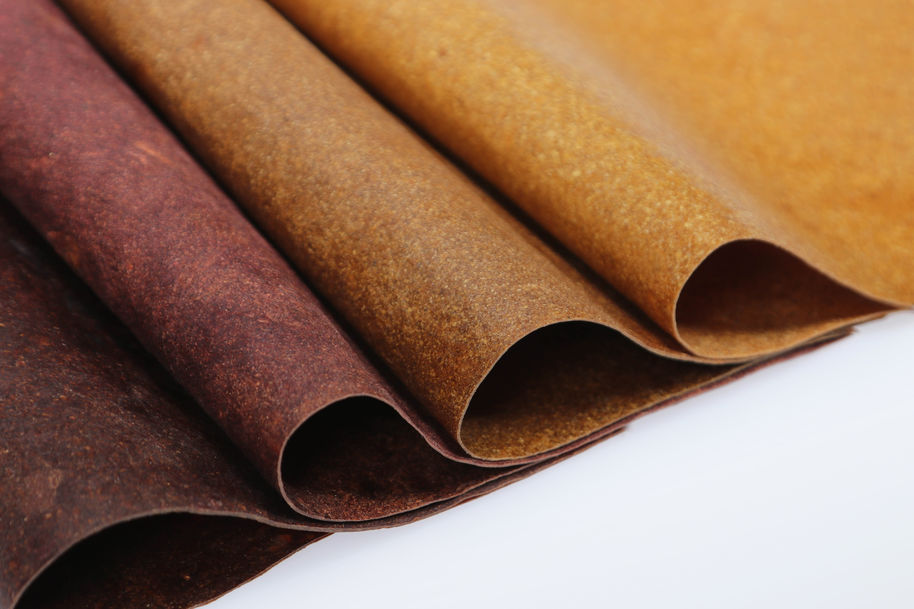The designerly approach in material development: a design-led exploration of surplus flowers as raw material by Irene Purasachit

Abstract:
Material is an essential part of our lives. It allows us to form the society we are today. Material is especially significant to designers as it enables them to design, create and produce artefacts. However, the distance of designers to emerging science-driven materials combining with the desire to deal with mass production lead designers to slowly shift their profession from designing within existing materials to engaging in designing one’s own materials in recent years.
This thesis investigates the design processes of an innovative biobased material from a designer perspective using flower waste in Bangkok, Thailand as the case study. The research adopts practice-led research as the core methodology to gain an empirical understanding of the material development processes while having the Double Diamond methodology as the research framework.
The former half of this research takes place in the Bangkok Flower Market, Thailand before moves to CHEMARTS laboratory located at Aalto University, Finland for material development.
In response to the issue of flower waste, the study presents background research on the topic along with an analysis of the interview and discussions with stakeholders. The information then condenses into the development of the flexible sheets made of rose and carnation petals which is the focus of the production part of this thesis.
The development raises the importance of the locality of ingredients together with production scale and four aspects of the material properties: strength, water repellency, texture and colour, which are reverent to future innovative bio-based materials development.
The final material obtained in this thesis has the potential to be implemented in lifestyle products as prototyped as a small clutch bag and coin purses. The production of the material can lead to the valorisation of flower waste on large scale with further research.



All photos by Irene Purasachit






